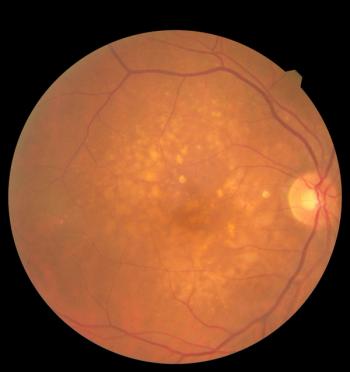
Physical Activity Associated with Reduction in Cancer Mortality Risk
Exercise following diagnosis may offer significant protection among cancer survivors.
Exercise following diagnosis may offer significant protection among cancer survivors.
A recent analysis of the World Health Organization’s (WHO) recommendations for physical activity in order to reduce the risk of mortality from chronic diseases yielded a positive association between increased physical activity and decreased mortality for patients with cancer.
Scientists searched MEDLINE and EMBASE until May 2014 for cohort studies evaluating physical activity and cancer mortality in the general population and cancer survivors.
Combined HRs were estimated using fixed-effect or random-effect meta-analysis of binary analysis.
By using 2-stage random-effects dose-response meta-analysis, associated HRs with defined increments and recommended levels of recreational physical activity were determined.
Of the multitude of studies available, 71 were analyzed.
The results showed that those individuals who participated in the most physical activity had an HR of 0.83 and 0.78 for cancer mortality in the general population and among cancer survivors, respectively.
In the general population, moderate-intensity activity for 2.5 h/week was associated with a 13% reduction in cancer mortality.
Cancer survivors who completed 15 metabolic equivalents of task (MET)-h/week of physical activity decreased their risk of cancer mortality by 27%.
Greater protection against this risk was associated with cancer survivors who undertook physical activity post diagnosis as opposed to pre-diagnosis.
This meta-analysis supports the recommendations by the WHO that physical activity will lead to a reduction of cancer mortality risk both in the general population and in cancer survivors.
“We infer that physical activity after a cancer diagnosis may result in significant protection among cancer survivors,” the study authors concluded.
Newsletter
Stay informed on drug updates, treatment guidelines, and pharmacy practice trends—subscribe to Pharmacy Times for weekly clinical insights.






































































































































































































